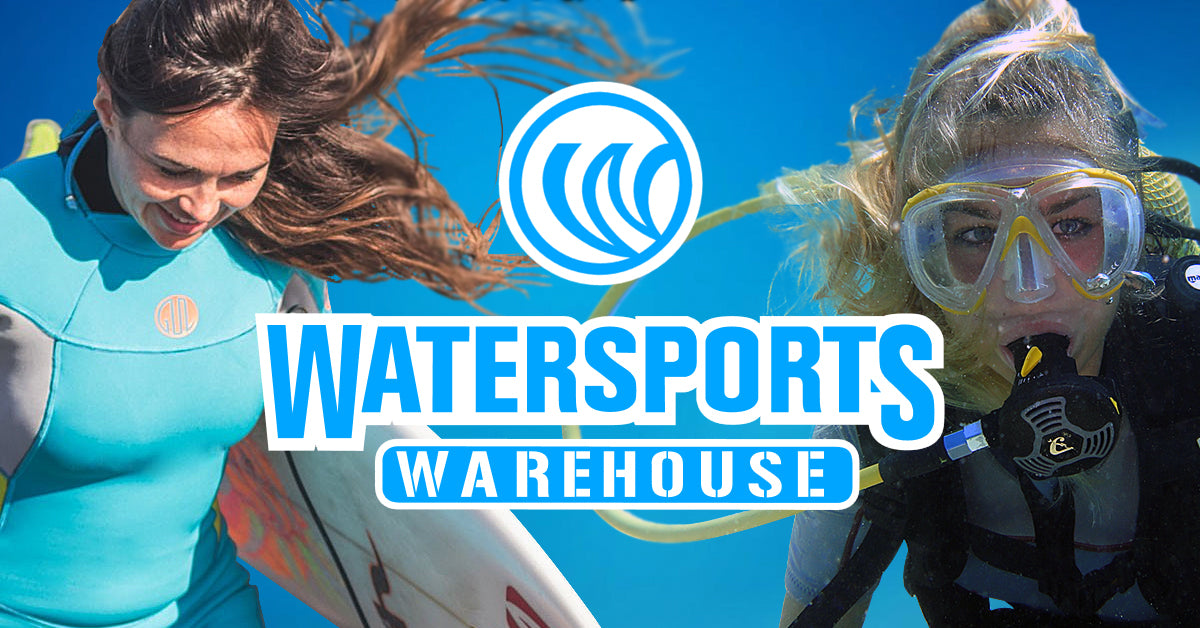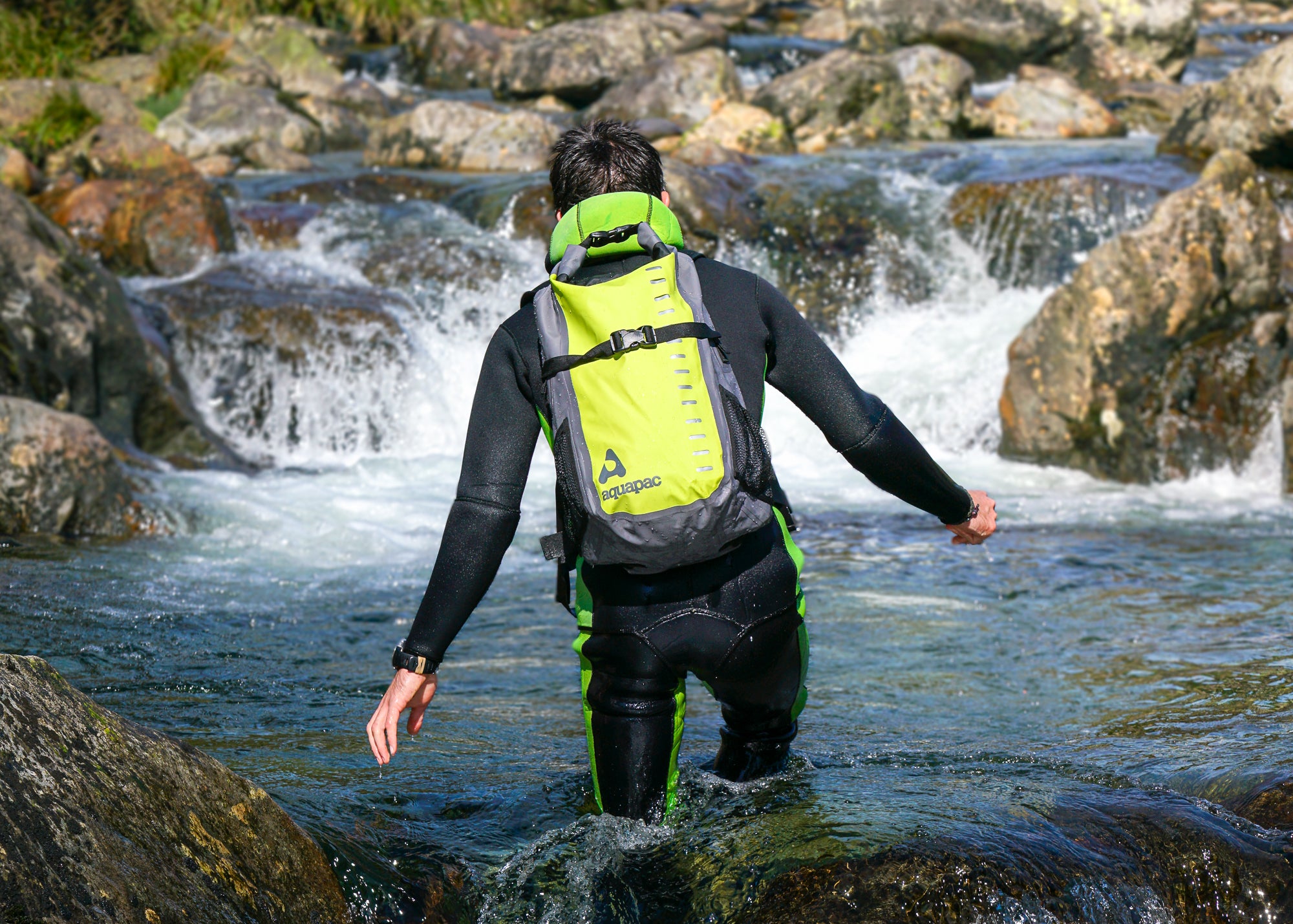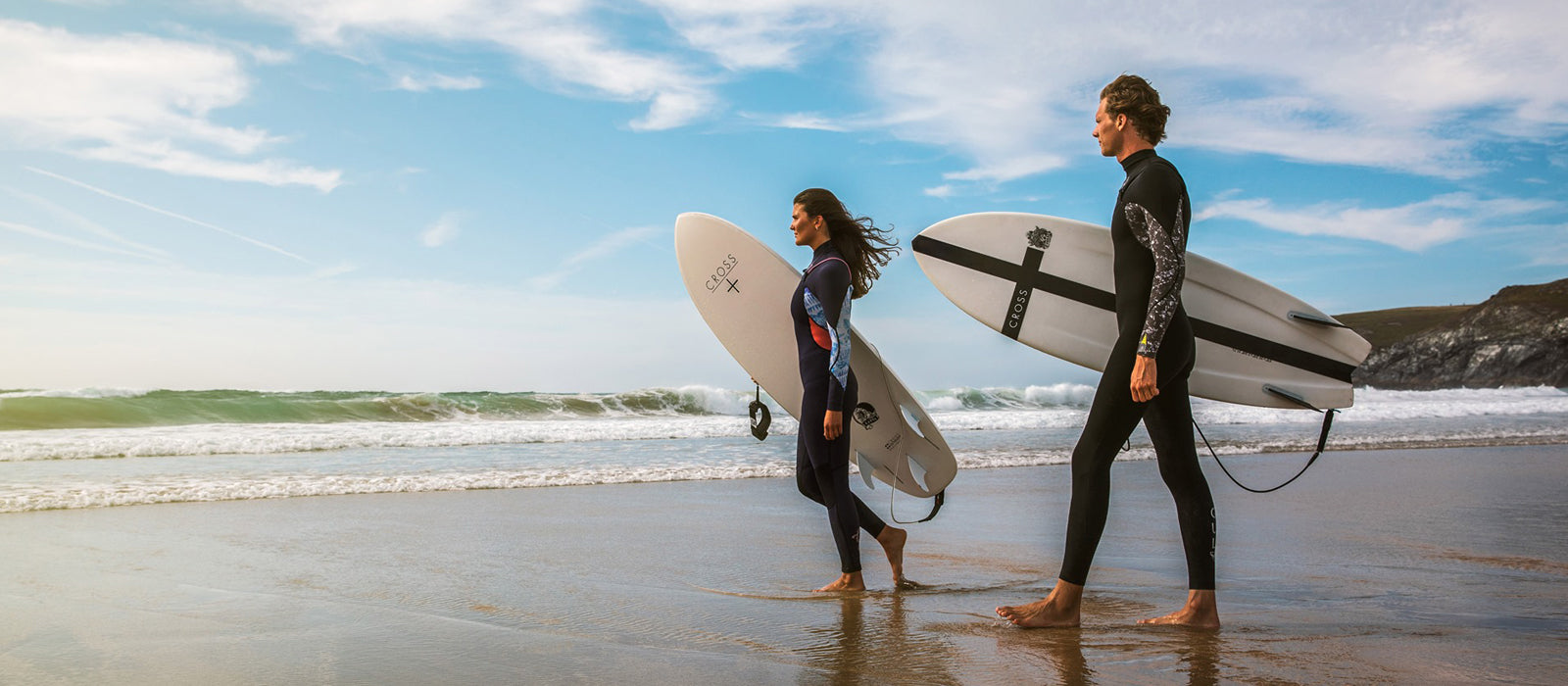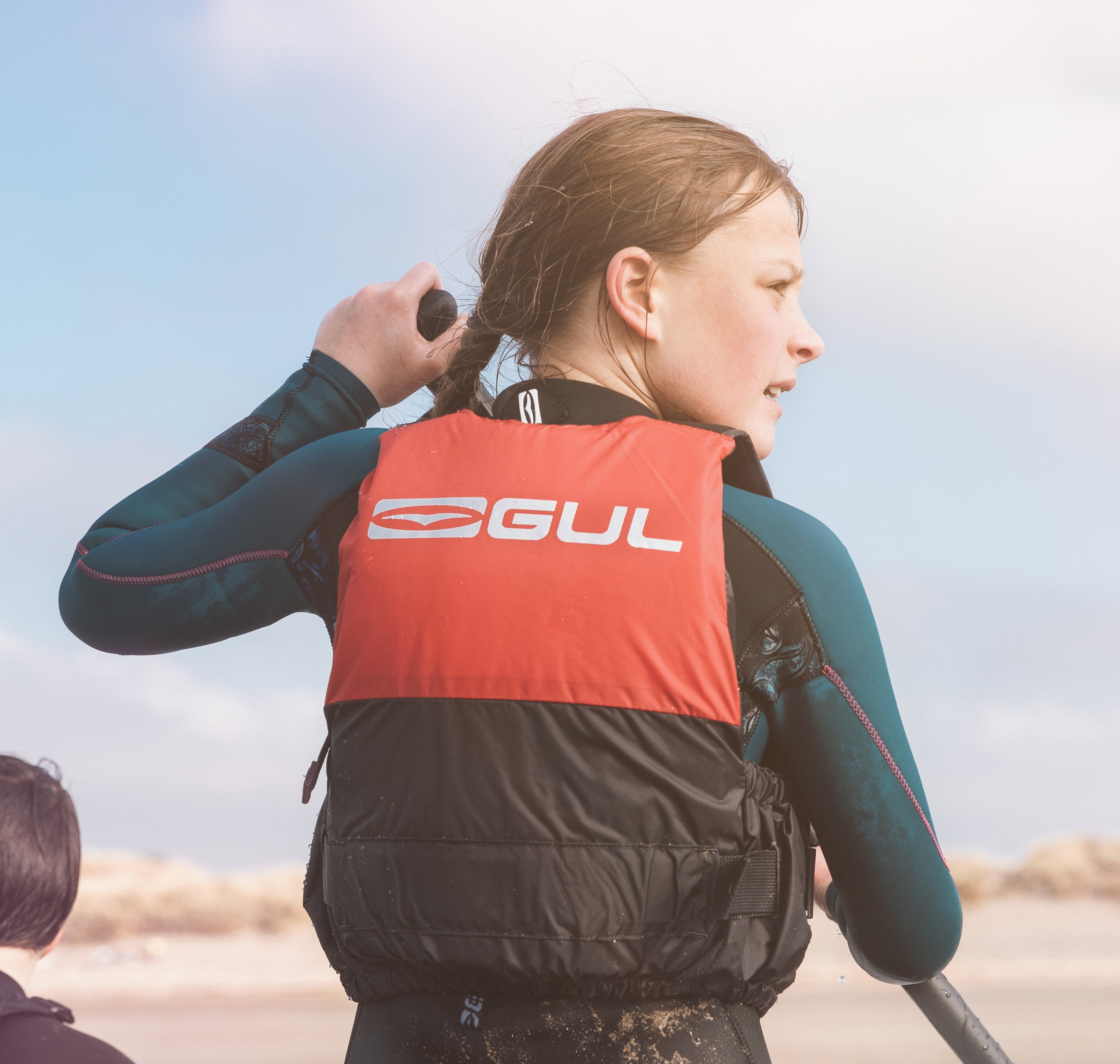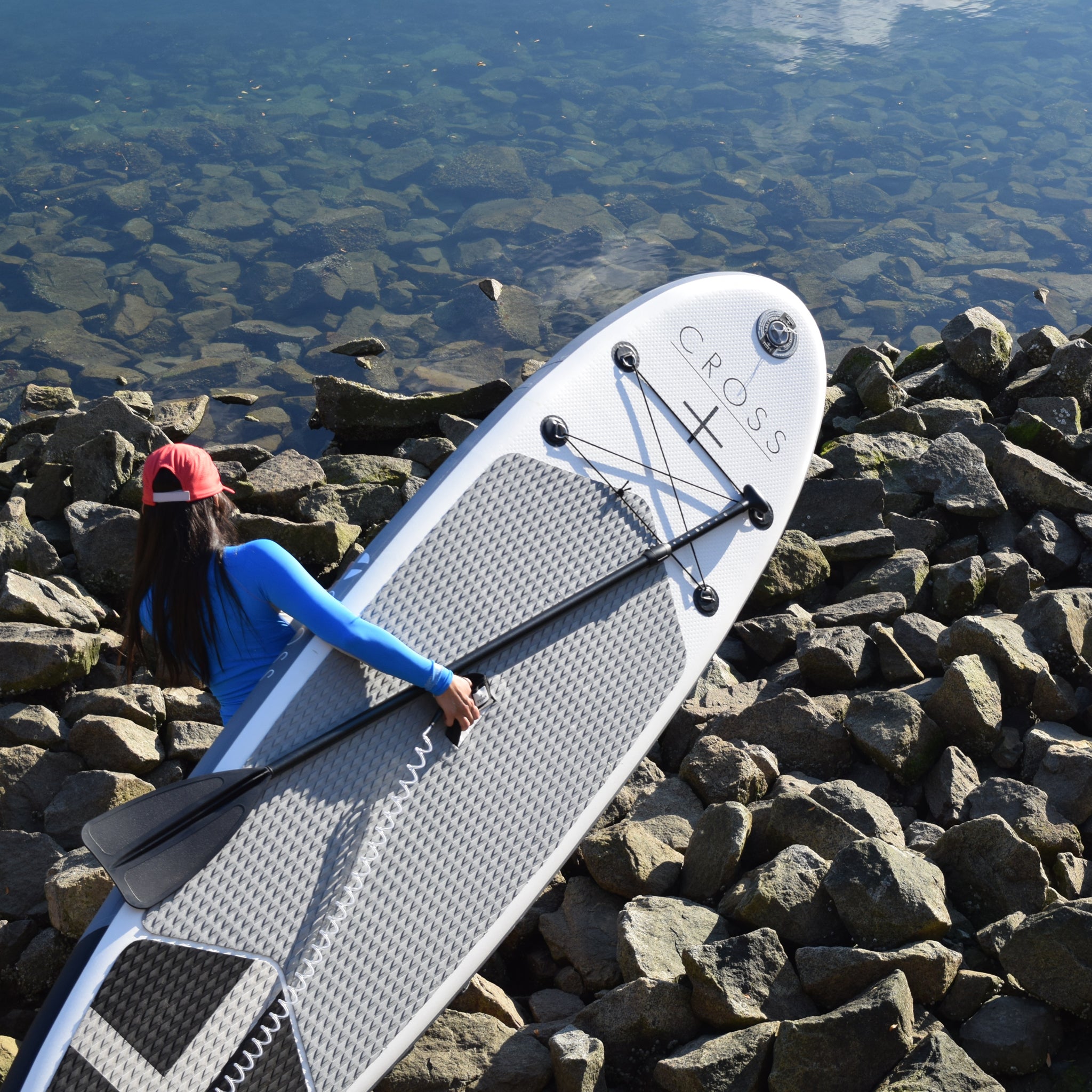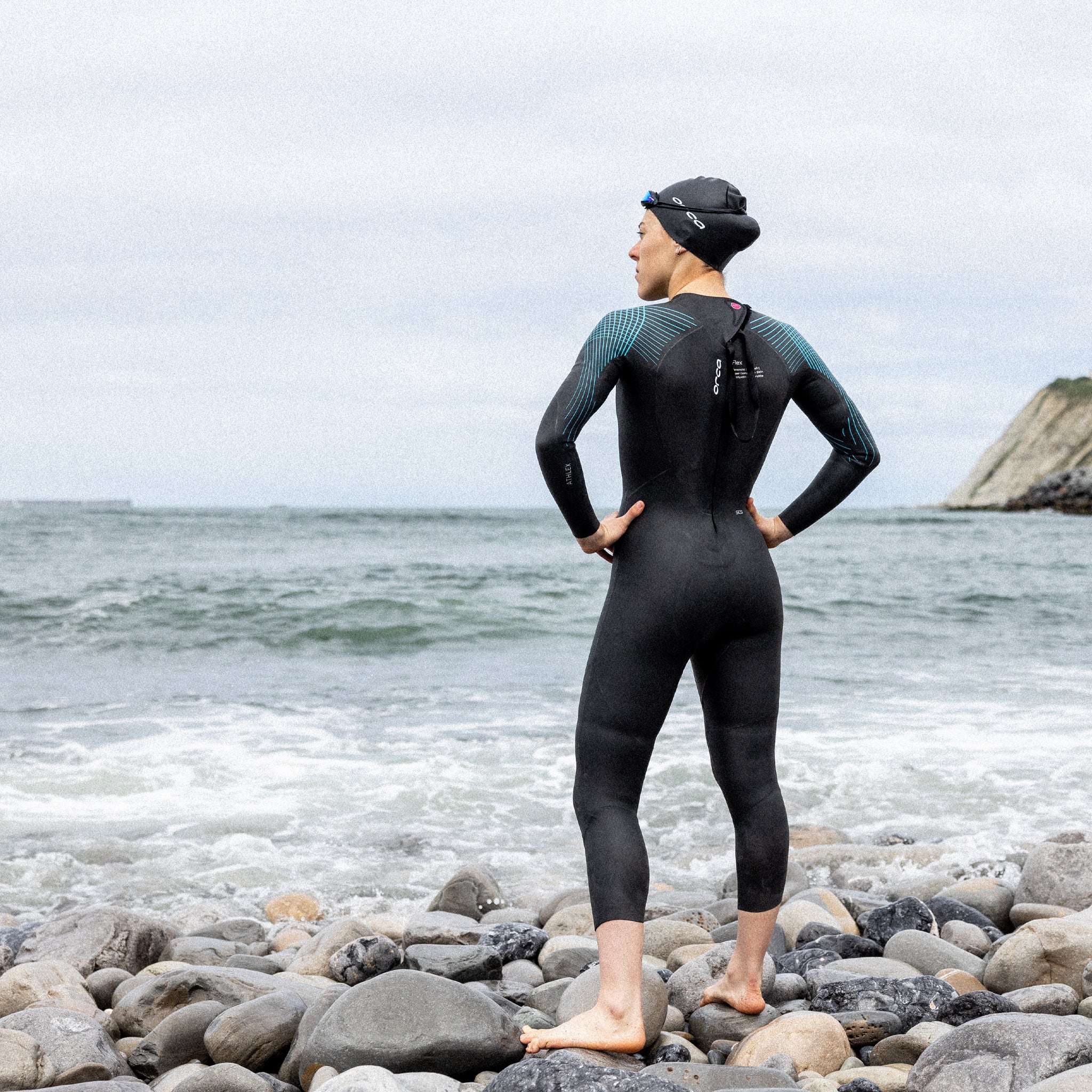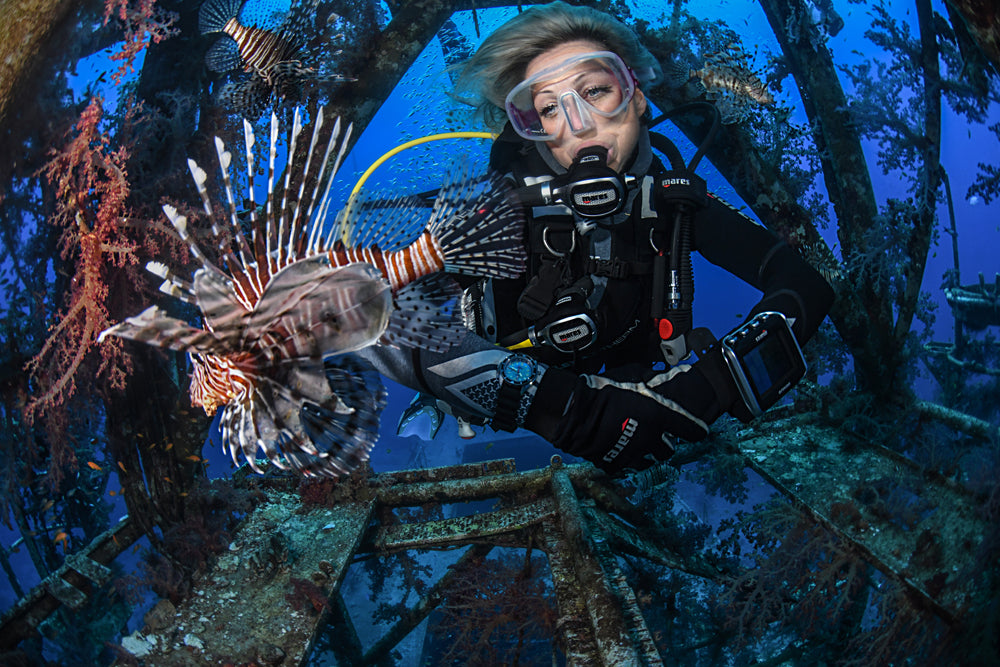Menu
Your cart is empty
Looks like you haven't added anything to your cart yet
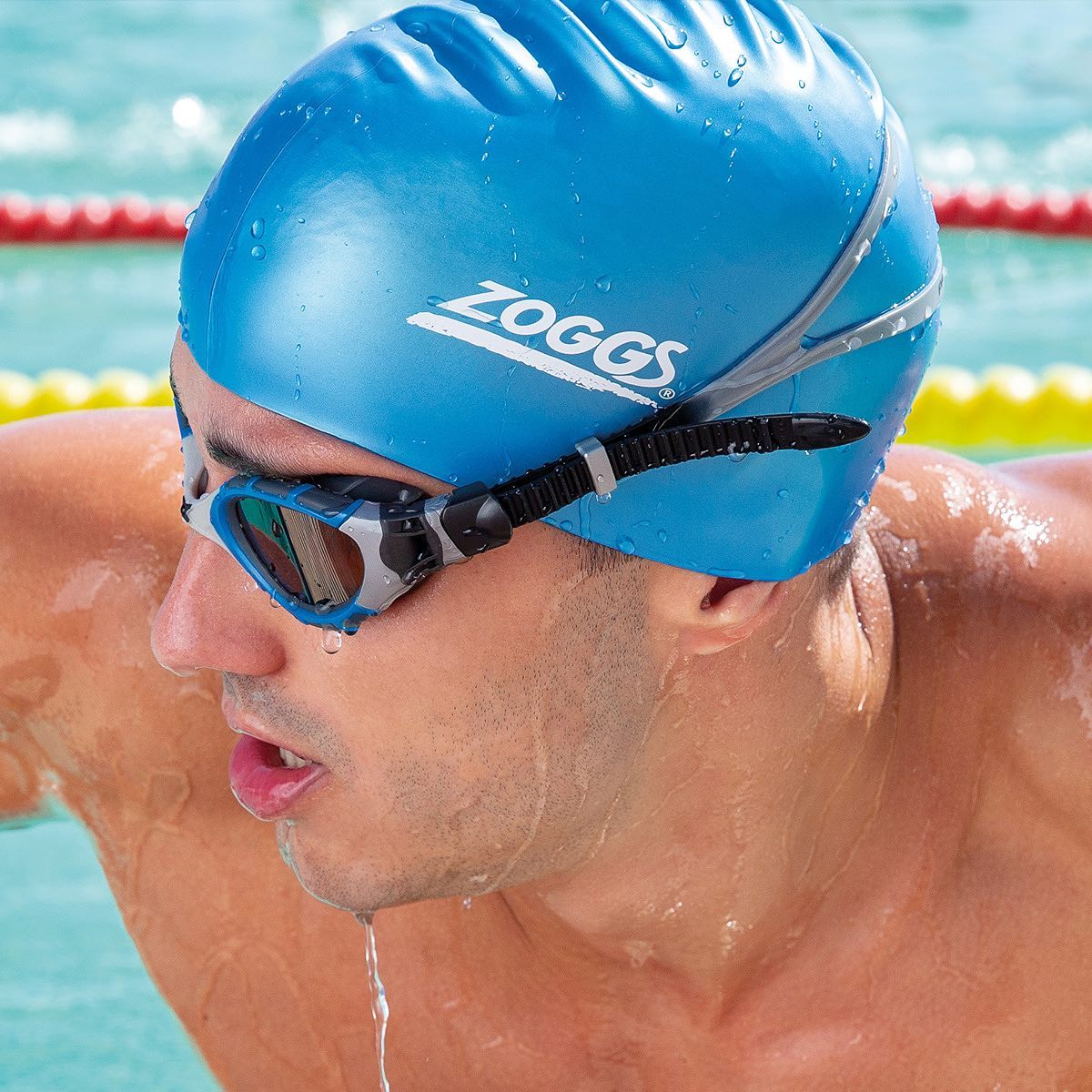
Choosing Your Swimming Goggles
While the range of Swimming Goggles available is vast, ultimately the reason for wearing swimming goggles has always been to help you see more clearly in water and above all to protect the eyes from contact with water. The human eyeball isn't designed to see very well in water - light refraction is significantly slower under the surface compared to the air. So wearing goggles will help you see.
If you're pool swimming in any public pool there will be all manner of nasties in the water that can cause irritation. Often the après swim red sore eyes is blamed on chlorinated water it is perhaps more often caused as a result of the chemical reaction of chlorine and any urine present, the resulting concoction is best to avoid getting in the eyes.
The decision of which swimming goggles to purchase may be based on what swimming you are doing ie: recreational swim fitness/triathlon/race/training/open water. If you do a lot of swimming, whether open water or pool based, you've probably already established your 'go to' type/design of goggles and if you have a pair of favourite goggles then there's nothing to stop you using them in any environment. However, field of vision, comfort and lens type will probably play a greater part in deciding which type of goggles to use for the type of swimming you will be doing.
As the swimming market has developed vastly since the evolution of wearing goggles so too has design/technology/materials so there is now an equally huge choice. So where do you start: Race Goggles, Pool goggles, Open Water Goggles, Goggles for kids, Training Goggles, Prescription Goggles; all provide protection and by helping keep water from your eyes will help you see more clearly when swimming. Clearly some swimming goggles have a 'mask' type design and usually this oversize design offers plenty of vision and tends to be popular to wear for open water swimming but ultimately, once you've found a goggle of whatever design that you are comfortable with, then as long s they work for you, ultimately you can wear whichever goggles or mask you prefer.

Pool Swimming and Swim Training Goggles
If you are swimming for leisure or fitness whether pool or in open water then comfort would be your priority, although for open water swimming the lens type may also be considered Swimming Goggle Lens Guide. Your choice of swimming goggles should be comfortable and seal well – goggles with a deeper (larger) gasket/skirt designed to seal around the whole of the eye socket are generally more comfortable for prolonged periods of use.
Examples include the Aquasphere Fastlane Swimming Goggles Silver Titanium Mirrored Lenses, Zoggs Predator Flex Goggles Regular Profile Fit Clear Lens , Aquasphere Eagle Swimming Goggles NEW and for open swimming goggles: Aquasphere Vista Swimming Goggles Mask Clear Lenses , Zoggs Predator Goggles Regular Profile Fit Tinted Lenses and Zone3 Vapour Polarised Mirrored Lens Goggles

Race Swimming Goggles
Generally speaking it's all about low profile/compact to reduce potential swimming resistance (and looking super cool). As a result Race Goggles are generally smaller, some fitting directly in the eye socket or just around the eye socket and worn securely for racing turns but are often not the most comfortable although usually only worn for the short periods of racing. Popular 'race' goggles include Swedish goggles, so called thanks to the Swedish manufacture of the originals back in the '70's. Swedish goggles are fiddly to put together but thanks to the string nose piece have infinitesimal adjustment to achieve a customised personal fit, they are generally cheaper due to their simplicity. Current examples include the Aquasphere Fastlane Goggles LTD EDITION Pink Iridescent Mirrored Lenses and Aquasphere Kayenne Swimming Goggles Clear Lenses

Open Water Swimming Goggles
Taking inspiration from scuba diving masks these Swimming goggles are larger – providing a greater field of vision and the skirt will generally cover more surface area (the skin) to provide a much improved seal around the face to virtually eliminate water ingress. Great for Open Water Swimming many with different lens options including polarised, tinted, mirrored – see below. Do bear in mind that salt crystals from sea water and sand are abrasive and will more easily damage plastic lenses – always rinse your goggles after use. Examples include the Aquasphere Vista Swimming Goggles Mask Smoke Tinted Lenses , Zoggs Predator Flex Goggles Regular Profile Fit Smoke Tinted Lens , Aquasphere Kayenne Pro Swimming Goggles Photochromatic Lenses and Zone3 Venator-X Polarised Revo Lens Swimming Goggles

Prescription Swimming Goggles
Many of the larger swim manufacturers now produce Swimming Goggles with Corrective Vision Lenses. They can be available in kit form so you can assemble the lenses with differing dioptres for each eye or available in assembled form with off the shelf corrective lenses pre-installed. Usually available to help with distance vision correction so minus or plus lenses.

Children's Swimming Goggles
Encouraging youngsters to learn to swim and enjoy being in the water is key and the choice of Children's Swimming Goggles will play an important part in how comfortable they are in the water. Wearing goggles will also improve their enjoyment and help increase confidence in the water. Some goggles are aimed at younger children and many encompass all ages from 4yrs upwards. Since 2003 we've sold thousands of the Aquasphere Seal Kid 2 Swimming Goggles - they are just so unbelievably comfortable, very accommodating, reliable and suitable for most youngsters up to v approx. 12yrs. Beyond the age of 12yrs it's feasible that some adult goggles may be suitable but if the adult goggles then have to be worn so tight in order to provide the required seal this will put too much strain on the strap and may also distort the frame. The incredibly popular Kids Aquasphere Kayenne is ideal for pool and outdoor swimming use and has a more grown up design - basically a smaller version of the Adult Kayenne Goggles.
How Should Goggles Fit
Today's technological advances in materials and design ensures that virtually any google will seal. If goggles should leak during use it is more often to do with how the goggles fit you rather than a fault with the goggle. So how do you know if the goggles fit?
Fit: Position the goggles correctly around the eyes without putting the strap over your head and avoid putting your sticky fingers all over the lenses. Press the goggles gently in to position around the eyes, avoid pressing the lenses although they are plastic it is far better to press the frame on to the face/around the eyes. If there is suction/the goggles stick in place, for a few moments then this is a good indication that the goggles fit and give a good seal. The goggles will pop off after a few seconds because the strap is not securing the goggles on your head.
Strap: The head strap is there to hold the goggle in the correct position on your face/eyes. It is the gasket around the goggle lenses that adheres to your skin to provide the seal. The goggle strap should not be over tightened as this will affect the seal. Squashing the goggles on the face by overtightening the strap will misshaped the goggles and may eventually break the strap. If the strap has a split or is a 2-piece strap, at the back of your head, position one strap at eye level position the other strap higher so the strap secures around the deepest part of your head. This should ensure the swimming goggles are secure.
Adjustability: Many goggles have plenty of adjustment in them to ensure a personalised fit. Easy to adjust head straps with side buckles/clips, rear adjusters, and possibly differing sizes of nose bridge. Goggles which include differing nose bridge size options are great if you have a narrow or wide face. Some race goggles as mentioned above will even have string to given infinite personal adjustment.
Lifespan: If you are a regular swimmer it's feasible that you will need to replace your goggles regularly, potentially every 4-6 months. Goggles do get a fair amount of abuse. The amount of pressure on the strap/clips and gasket, water pressure on diving in the pool, and above all either chemicals/chlorine in pools or sun/salt water all contribute to gradually degrading plastic/silicone. As a result swimming goggles may lose their original seal and any anti-fog will diminish.
After Care: Virtually all goggles will have some form of anti-fog coating on the lenses how long this lasts can be very subjective but quite simply the more the goggles are used (and possibly abused) the quicker the anti-fog will wear off.
Avoid wiping greasy fingers on the lenses. Rubbing the lenses with rough skin/nails can scratch the plastic lenses and damage any mirrored lens coating. Be aware that salt water, sand and swimming goggles are not a good combination, sandy/salty fingers are abrasive, so don't expect miracles.
-
Always rinse goggles in fresh cold water after use – leave them to dry naturally
-
Don't leave them out in direct, strong, bright, sunlight – this can degrade the materials more quickly
-
Do not rub the lenses this may scratch the lenses and rub off any anti fog coating
-
If your goggles come in a case use it to protect and store your dry goggles after use.
Would you like help in choosing the right lens type for your Goggles? Dive into our comprehensive guide here: Choosing the Right Lens for Your Swimming Goggles: A Comprehensive Guide
- Choosing a selection results in a full page refresh.

